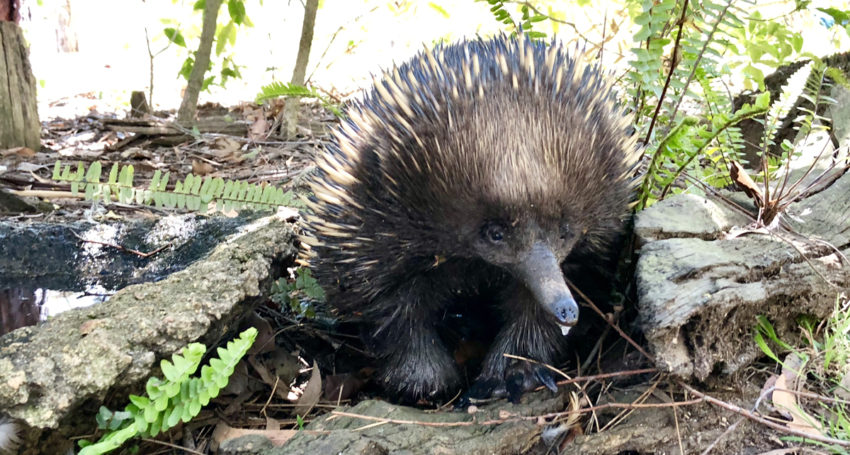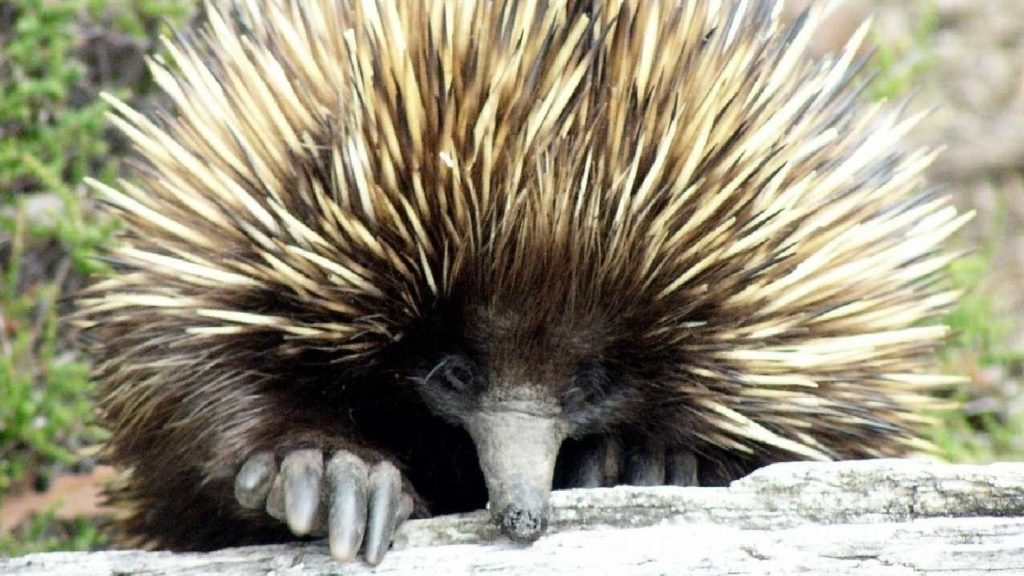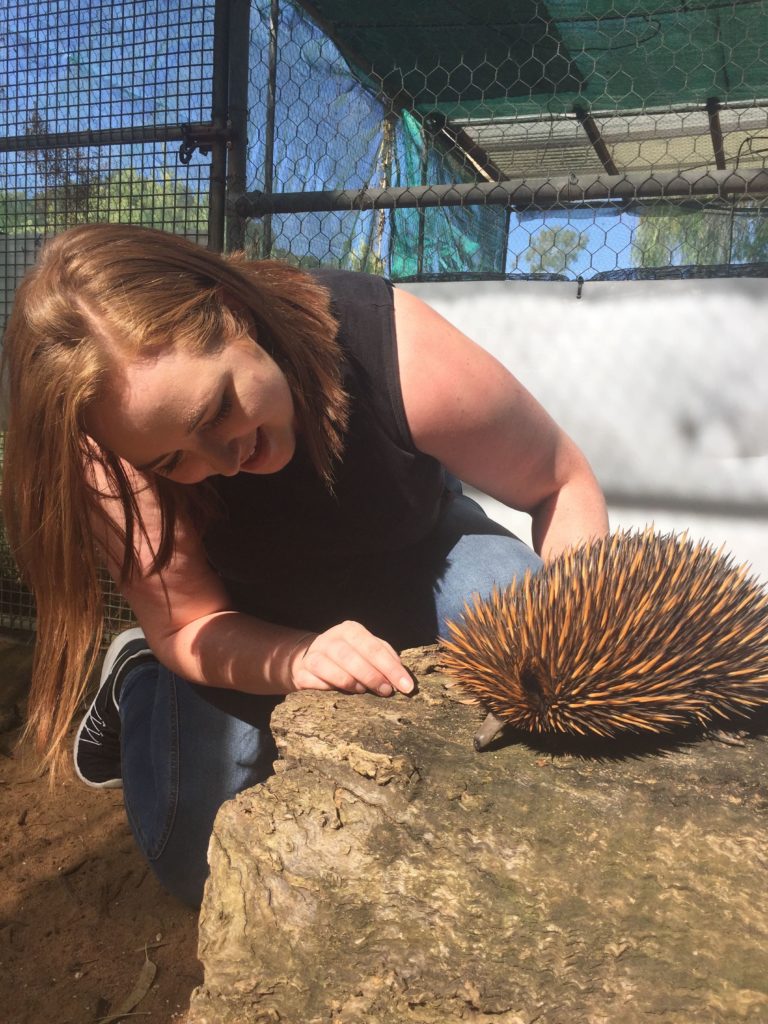Echidna app leads to spike in monotreme research
Education
Technology that allows amateur wildlife enthusiasts to record echidna movements is generating thousands of images to help advance research into the curious egg-laying mammal.

Sign up to receive notifications about new stories in this category.
Thank you for subscribing to story notifications.

South Australian researcher Tahlia Perry launched the EchidnaCSI mobile app in September 2017 in a bid to fill-in the informational gaps about the iconic but misunderstood creature.
The University of Adelaide PhD candidate also encouraged participants to physically send scat samples to the University’s School of Biological Sciences to be examined further.
“Through this project we have more recordings of echidnas in a single year compared to what has been collected in the past 10 years in ecological studies,” Perry said 20 months after the launch of EchidnaCSI.
“So far we’ve received 5000 photos and 300 scat samples.

Picture: David Ellis.
“It’s really great to see that the app and citizen science has been so successful.”
The Australian native animals the echidna and platypus are the world’s last surviving egg-laying mammals, known as monotremes.
Their babies, called puggles, are nursed in their mother’s pouch after hatching.
The free EchidnaCSI app is available through the App Store and Google Play and allows the Australian public to submit photos of the short-beaked echidna and its scat.
Data from the app will be used to populate an ecological model to help researchers and conservationists lobby policy makers to introduce legislation to protect the Australian echidna.

The molecular analysis of scats is still underway but Perry, right, said the supplied scats revealed the colour of their excrements from echidnas depended on their surroundings.
“The scats are bright red in the APY Lands (in far north South Australia) because the echidnas suck up the dirt as they’re eating the insects,” she said.
“We’ve got them from all the way up and down the east coast of Australia so it’ll be really cool to see the gradient of the environmental changes happening through there, which will be reflected in the scats.”
Tracking data from EchidnaCSI revealed echidnas were being spotted in the centre of Australia’s suburban cities – including Adelaide, Melbourne and Sydney – at a higher rate than previously thought.
Perry said images uploaded of dead echidnas that had been hit by cars was a worrying sign but also showed how the app data could be used to warn of black spots in the future.
“That’s really an indication they’re losing their natural habitats and they’re being pushed more and more into urbanised areas,” she said.
“So if we can target those areas, we could get cars to notice and slow down and help conserve the animals.”
The short-beaked echidna is Australia’s only native echidna. Although the species is not listed as endangered, Perry said research into its habits was crucial.

Echidnas are commonly spotted in built-up urban areas. Picture: Cecilia Webster.
She said monotremes were the oldest group of surviving mammals and provided insight into mammalian evolution.
“We can learn so much about echidnas from their scat and we’re learning so much about their biology from their genetics and their biochemistry,” Perry said.
“Everything about them is very fascinating, and that’s why they need protecting.
“The issue is that without any baseline information nothing is happening to conserve them.”
The EchidnaCSI app was developed with the help of University of Adelaide PhD student Alan Stenhouse.
Perry will continue to manage the app until she completes her doctorate at the end of the year and is hoping to find renewed funding to secure its future.
“If we can continue getting this level of data, imagine the information we could get in a 10-year period and then be able to track changes at a closer level,” she said.
“That would be incredible.”
Jump to next article



